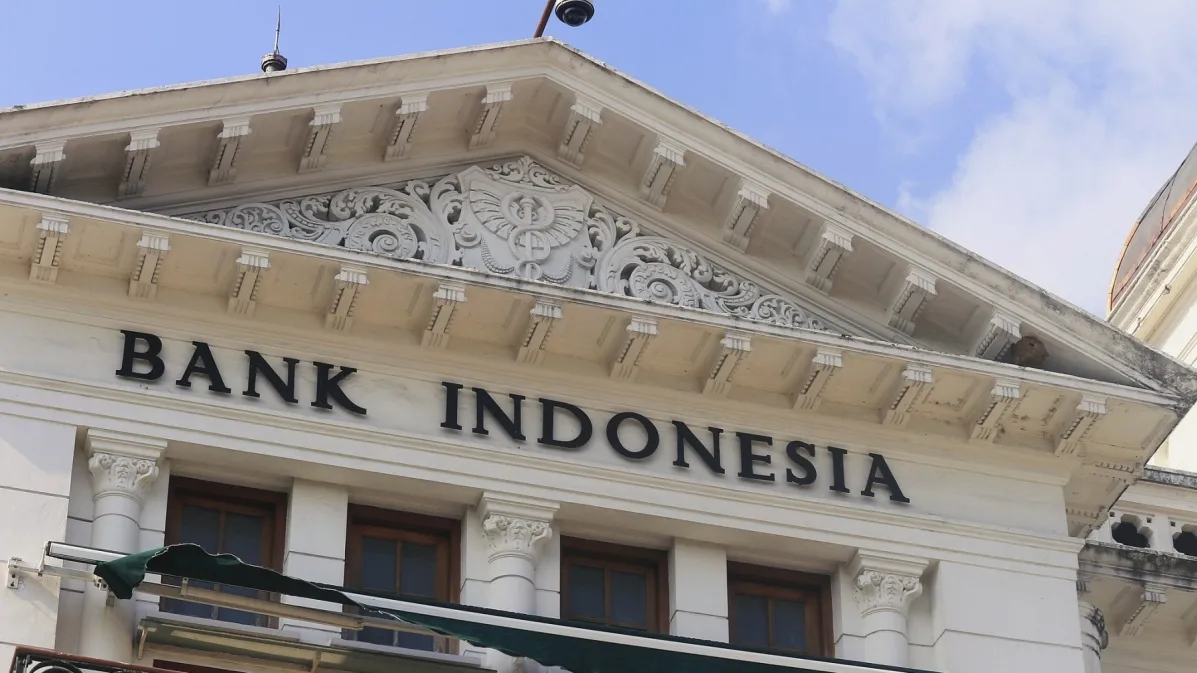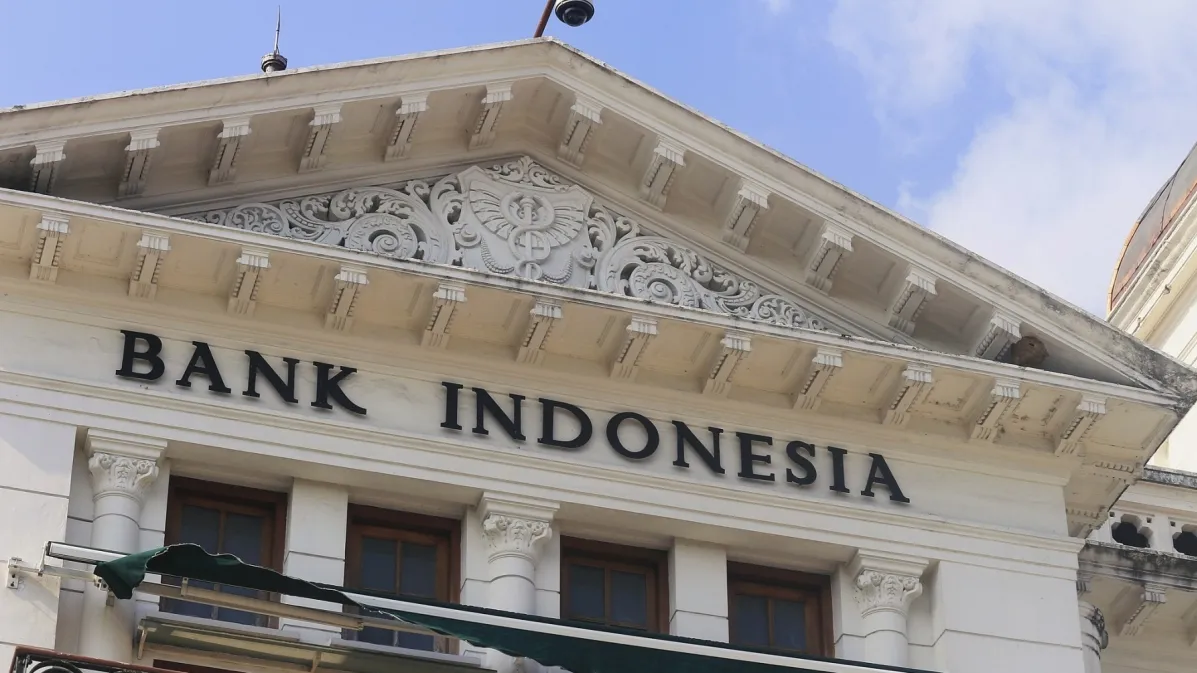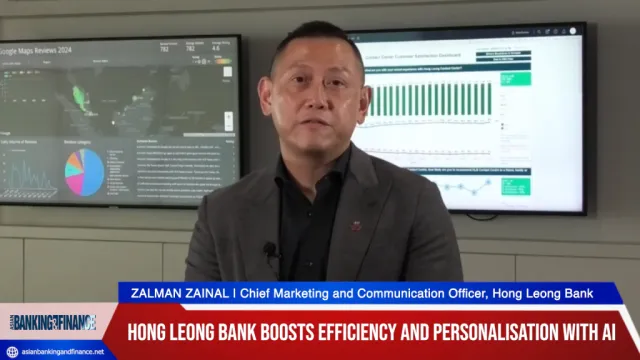
Chinese banks dominant whilst Japan, South Korean banks’ assets falter
Australian and Singaporean banks’ assets remained steady, S&P’s study showed.
Banks from mainland China continued to dominate the list of biggest lenders by assets in the Asia Pacific region, according to data from S&P Global Market Intelligence from its annual “Asia Pacific’s 50 largest banks by assets” report.
The number of mainland China-headquartered banks in the list fell to 22 in the 2024 list– from 23 in the previous year– their total aggregate assets rose 7.4% to $38.22t by end-2023.
China’s four biggest banks continued to be the big four of APAC. The Industrial and Commercial Bank of China (ICBC) remained the biggest bank in the region and in the world.
The Agricultural Bank of China edged past China Construction Bank, whilst Bank of China rounded out the top four.
These “big four” Chinese banks expanded their assets 10.2% to $21.91t by end-2023, with Agricultural Bank showing the biggest growth at 14.3%.

Faster credit growth propelled banks in mainland China to grow their assets, noted Angus Lam, senior economist for global intelligence and analytics, S&P Market Intelligence. New bank lending in mainland China rose 6.1% in end-2023 to hit a record CNY22.75t (almost $3.15t), according to official data.
"Considering 60% of [mainland China] banking sector assets are based in lending, the fast credit growth has helped propel the expansion in assets," Lam said. “The largest banks in mainland China typically had strong asset quality, loose liquidity positions and high capital buffers, which improved their ability to lend.”
Meanwhile, China Bohai Bank, which took the 49th spot in the 2023 list, dropped out of the ranking. It was replaced by India’s ICICI Bank, which climbed to 48th place, and is the only India-based bank to appear the year before, the data shows.
Japan, South Korea decline
Whilst banks in mainland China were on an upswing, the same could not be said for lenders based in Japan and South Korea.
Banks in these two countries suffered the biggest declines in annual ranking, according to S&P.
Three of the 8 Japanese banks in the list fell in rank, with just one registering an increase, whilst 5 of 6 South Korean banks also suffered declines.
Overall, the combined assets of Japanese lenders fell 2.5% in 2023 to just $10.532t, and South Korean banks had a 0.9% decline to $2.67t.
Whilst the Bank of Japan’s decision to end its negative rate policy in March could improve the lending margins of Japanese banks, this could put a dent on the economy and decrease loan demand, noted Takahide Kiuchi, executive economist at Nomura Research Institute.
The International Monetary Fund (IMF) expects growth in the Japanese economy to slow to 0.9% in 2024 from 1.9% last year.
Indian banks fly high
In contrast to their East Asian peers, Indian banks have been amongst the best-performing lenders among peers in Asia. Improvement in financial metrics, coupled with high credit growth in a robust economic environment, has boosted banks' assets in recent years, according to S&P.
The aggregate assets of the lenders rose sharply by 50.5% to $1.51t in end-2023. A large part of the increase was due to the merger of HDFC Bank with its parent Housing Development Finance Corp in July 2022.
Notably, HDFC Bank's assets jumped 51.3% to $466.35b after the merger, propelling it up 13 places to the 33rd spot in the list.
Credit growth in India–currently the world's fastest-growing major economy– stood at 15.6% as of Dec. 29, 2023, versus 14.9% a year ago, according to the Reserve Bank of India.
Australia, Singapore steady
The assets of Singapore’s big three banks– DBS, OCBC, and UOB– rose by 3.7% to $1.4t.
Individually, DBS and UOB moved up the list, whilst OCBC fell by three spots.
The 5 Australian banks in the list also saw their combined assets inch up by 2.8% to $3.24t.
Ranking movements are a mixed bag: notably, Macquarie Group dropped 5 spots to claim 50th place, with assets falling 18.8% to $254.63b by end-2023.












 Advertise
Advertise










